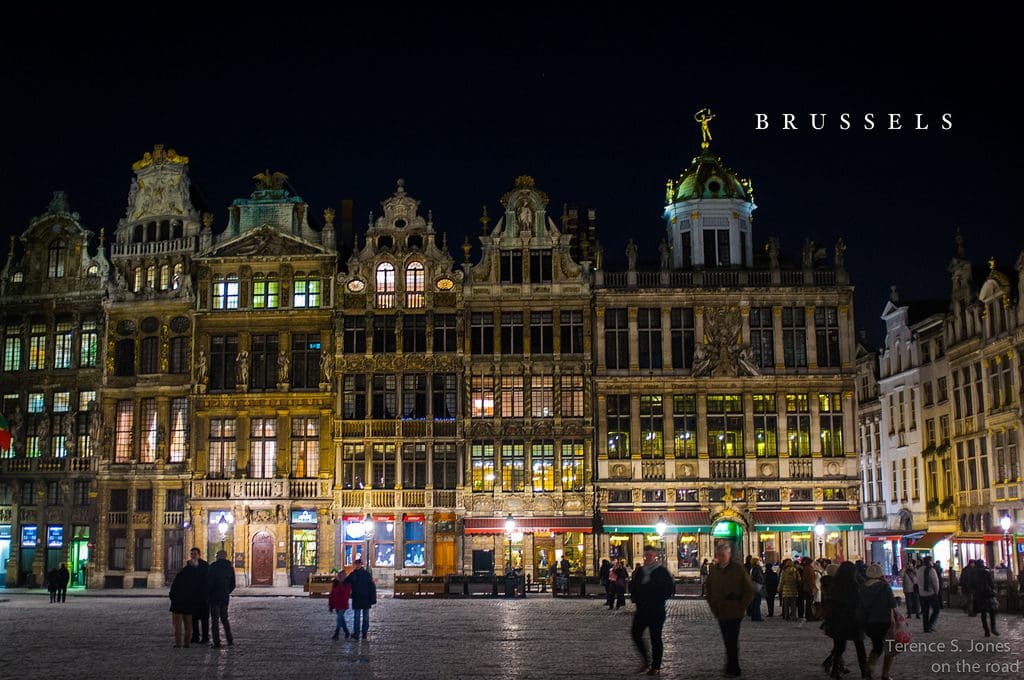
Brussels, Belgium is a truly international city where any nationality will feel welcome. It’s not only the capital of Belgium, but also the capital of the entire European Union (EU), home to the main EU institutions and the seat of NATO. As a result, Brussels has one of the world’s most diverse populations with nearly one in four residents claiming expatriate status, living there as a result of business or government connections. The city hosts 160 embassies, over 120 international governmental organizations and about 1,400 international non-governmental organizations. It’s not unusual for a restaurant in the city center to have separate menus for six different languages!
What to See and Do in Brussels
In the heart of Brussels, the ornate Grand Place is one of the best-preserved market squares in all of Europe. The Gothic Town Hall survived the onslaught of King Louis XIV’s troops in 1695, but the wooden houses lining the square did not. Within five years the City burghers rebuilt distinctive step-gabled guild houses, reflecting the baroque architecture that is admired to this day. During summer, don’t miss the sound-and-light show that takes place in the square. Biennially in August, the famous “Flower Carpet” is constructed in Grand Place. 700,000 begonias are laid in a floral mural by hundreds of volunteers – a sight to behold!
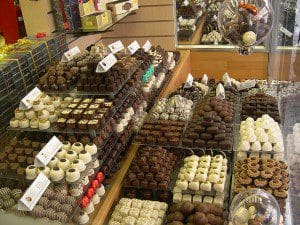
Shops selling Belgian lace, chocolates and tapestries abound on the streets near Grand Place. Delicious Belgian chocolates are a great souvenir – if they make it home! Travel Maestro tip: Most of the lace is of now produced in Asia. If you want to purchase authentic hand-made lace or tapestry it will be very expensive, but if you just want to admire the art, the Costume and Lace Museum near the Grand Place is excellent.
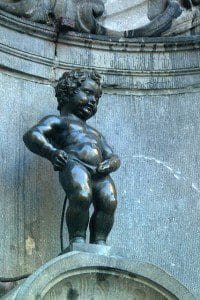
During the 17th century, a tiny but famous boy took up residence in Brussels. Manneken Pis is the 22-inch tall bronze fountain of a young boy urinating that personifies the cheeky personality of Brussels. He has been given hundreds of costumes over the years, many on display in the City of Brussels Museum.
The Sablon is an old aristocratic district of Brussels known for its bustling weekend antique and book markets. The focal point of the Grand Sablon is the lovely 15th century, Gothic-style Church of Notre-Dame du Sablon, surrounded by antique stores and cafes that stay crowded late into the night. Nearby, the Petit Sablon is a peaceful memorial garden.
For a beautiful walk or horseback ride, the Foret des Soignes in the southeast of the city is a beautiful 18th century beech tree forest with a maze of paths and streams. The Bois de la Cambre is a large green space at the southern end of the forest with cafes, open lawns and lakes.
Brussels Arts and Culture
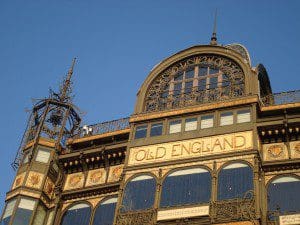
Brussels has a number of fine museums for a variety of interests: the Gueuze Museum is a working brewery that pays tribute to a special fermentation style of beer. The art-nouveau home of the Musical Instruments Museum architecture is a treat to behold, even if you are not a music lover. If you are a fan of art nouveau, you must see the Horta Museum, the private home and studio of Victor Horta, Belgium’s influential promoter of the genre. Musee Magritte is dedicated to another famous son of Belgium, Rene Magritte, the surrealist painter. The Museum of Natural Sciences highlights dinosaurs and the Royal Museum of Fine Arts has an impressive collection of antique to modern art. Travel Maestro Tip: The Brussels Card offers one, two or three days’ admission to more than 30 museums, as well as a public transport ticket for the selected period.
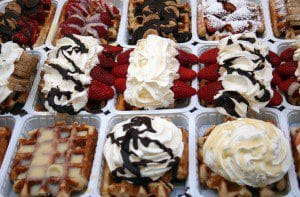
Brussels’ culture is not limited to museums. World-class musicians often perform there and the city is known for some of the best classical music and opera in Europe. Food in Belgium is also considered some of Europe’s best. French-style cuisine is favored by the finest restaurants, with more Michelin-starred restaurants per capita than Paris. But there are also inexpensive cafes all over Brussels serving traditional Belgian sandwiches, omelets or frites (fries), and of course, gaufres (Belgian waffles). Travel Maestro tip: Gaufres with chocolate sauce is the perfect afternoon mid-sightseeing pick-me-up!
Business Tips for Brussels
- Take a taxi from the airport – about 30 minutes and 45 euros. Round trip is less expensive, so keep your receipt and call the same company for the return trip.
- If driving, don’t assume you have the right of way. The priorite a droite (“priority of the right”) rule leads drivers to shoot out of side streets, ignoring oncoming traffic.
- Men, wear a suit and tie for business meetings; women, wear comparable business attire. Pack a sweater for cool nights, even for summer, and a small umbrella will be handy.
- Schedule meetings a week or more in advance and be punctual.
- Business hotels often deeply reduce weekday prices in late July and August. Other times of year lower rates are on weekends.
To arrange your business or vacation trip to Brussels, please contact Covington Travel for rates and availability.







Leave a Reply